Keystone Ecology
Keystone Habitats
Keystone – making ecology our business
Keystone Marine
Our marine ecological consultancy services include seabed, intertidal and sub-tidal surveys, seabed sampling, biotope surveys and mapping, marine mammal and bird surveys, plankton, fish and benthic surveys, GIS Mapping, Ecological Impact Assessment and the design and implementation of Mitigation, Monitoring and Management Plans.
Ecology, Habitats and Marine Survey, Assessment, Design, Planning and Contracting
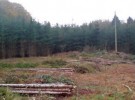

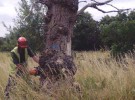




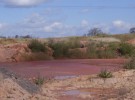
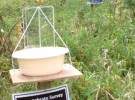
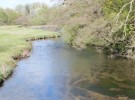


Bats
There are 18 species of bat in the UK (17 breeding). All are UK and European protected species and 7 are presently Priority Species listed on the UK Biodiversity Action Plan (BAP). Species listed on Local BAPs and their distribution throughout the UK are variable.
Habitat preferences for bats are species specific and vary throughout the year. In broad terms all bats require roosts away from predators and a constant source of water and insect prey. Though not an exhaustive list, typical bat roost sites are trees, buildings, tunnels, bridges, caves and mines. Common foraging habitats are woodland, hedgerows, mature trees, scrub, mature gardens, grazed pasture and unmanaged grasslands, rivers and waterbodies.
Our support capabilities for bat issues are:
Ecology
Survey
Preliminary, emergence, manual activity (transects), automated activity (also at height) and bat hibernation surveys.
Design and Assessment
Masterplan design and Impact Assessment.
Licence Application
European Protected Species licence application, site supervision and monitoring.
Mitigation
Precautionary working method statements, tool box talks, pre-works survey, capture and re-location.
Management and Monitoring
Production of management plans and monitoring during construction and post mitigation.
Habitats
Mitigation
Bat box installation and bespoke roost site creation.
Habitat Creation and Restoration
Tree, scrub and hedgerow planting, grassland seeding, waterbody and wetland creation and restoration.
Habitat Clearance
Soft-felling and sensitive tree, hedgerow and woodland clearance for bats.
Habitat Management
Habitat management to improve the quality of existing bat foraging habitat.